Dolphins and whales in Guadeloupe, as well as other cetaceans in our waters...
The waters off Guadeloupe are very rich in cetaceans, and the Shelltone Whale Project team has identified more than twenty species, including dolphins and whales in Guadeloupe, over the last ten years of research and studies. Our cetacean-watching trips are open to the public, as we regularly organise "whale watching" trips along Guadeloupe's leeward coast.
All year round, in Guadeloupe, we see magnificent animals, year-round residents, sperm whales (which are whales), spotted dolphins, Steno dolphins, bottlenose dolphins and Fraser's dolphins. We also come across pilot whales, pseudo-orcas, beaked whales and even the occasional orca, among others, as there are more than 20 species of marine mammals living in the Agoa sanctuary where we work, on the leeward coast of Guadeloupe. The humpback whale is present here from December to the end of May.
When we go whale watching in Guadeloupe, we use the same techniques and protocol to observe cetaceans as we do on our scientific outings. We use our hydrophone, an underwater microphone, which enables us to locate the cetaceans and also to determine their attitude at the time of listening. Our ethological knowledge (study of animal behaviour) of the cetaceans of Guadeloupe enables us to decide whether or not we can approach them. Like all mammals, cetaceans have various activities throughout the day, which are more or less conducive to observation and approach. They may be hunting, for example, in which case we don't approach them so as not to disturb their hunt, because at that precise moment they are using their echo-location to pinpoint their prey and they are communicating with each other to coordinate the hunt. We then stay on the sidelines, preferring to steer the boat towards another group more likely to want to share a moment with us, for example during socialisation, after the hunt, when they are relaxed and love to come and play with the bow of our boat. This protocol applies to all the cetaceans we observe in Guadeloupe.
We have all been trained by the French marine protected areas in a responsible approach to the cetaceans of Guadeloupe that inhabit the area where we work, the French Antilles Agoa Marine Mammal Sanctuary. What's more, our experience and our scientific approach have led us to go even further than this protocol to make it even more respectful of cetaceans. We have created our own charter for approaching and observing the cetaceans of Guadeloupe, the Shelltone Whale Project charter. RESPECT Whale watching in Guadeloupe: to guarantee the most respectful whale watching possible, our role is above all to protect these animals. This technique, while respecting them, allows us to create a shared empathy with them, who are very sensitive to our conscious approach and return the favour by approaching our boat without fear whenever they have the opportunity. This allows the people accompanying us to fully enjoy their presence in a serene and relaxed atmosphere.
The different species of cetaceans that the Shelltone Whale Project observes in Guadeloupe:
23 species of cetacean have been recorded in Guadeloupe, classified into three categories.
1 - Migratory birds
There is only one species considered to be migratory, and that is the humpback whale, which comes to the warm waters of the Caribbean from January to May to have its babies, then heads north to Canada, Iceland or Norway from June to December to feed on protein-rich animal plankton, such as krill or herring.
Humpback whale
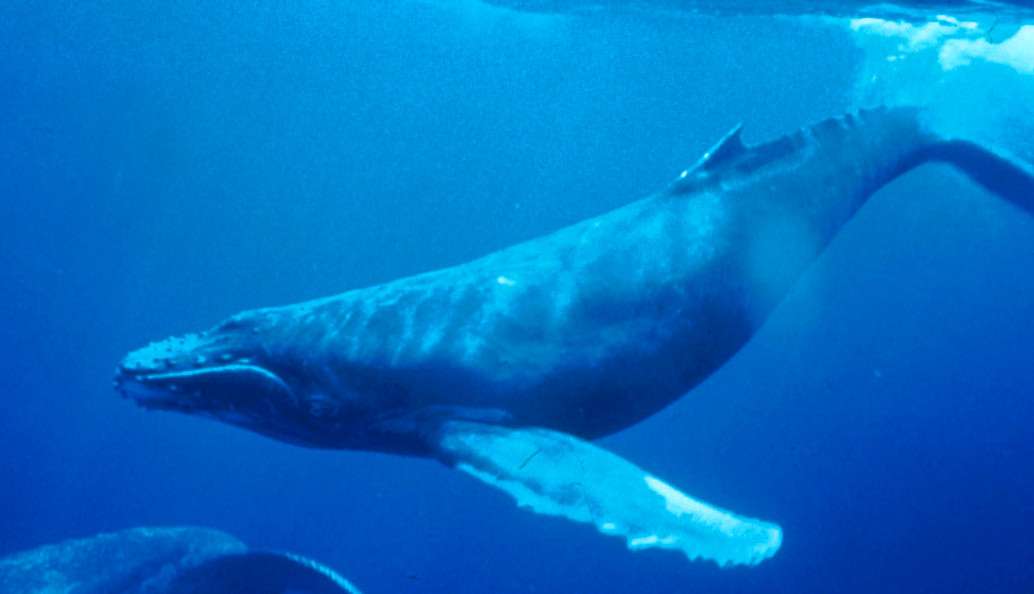
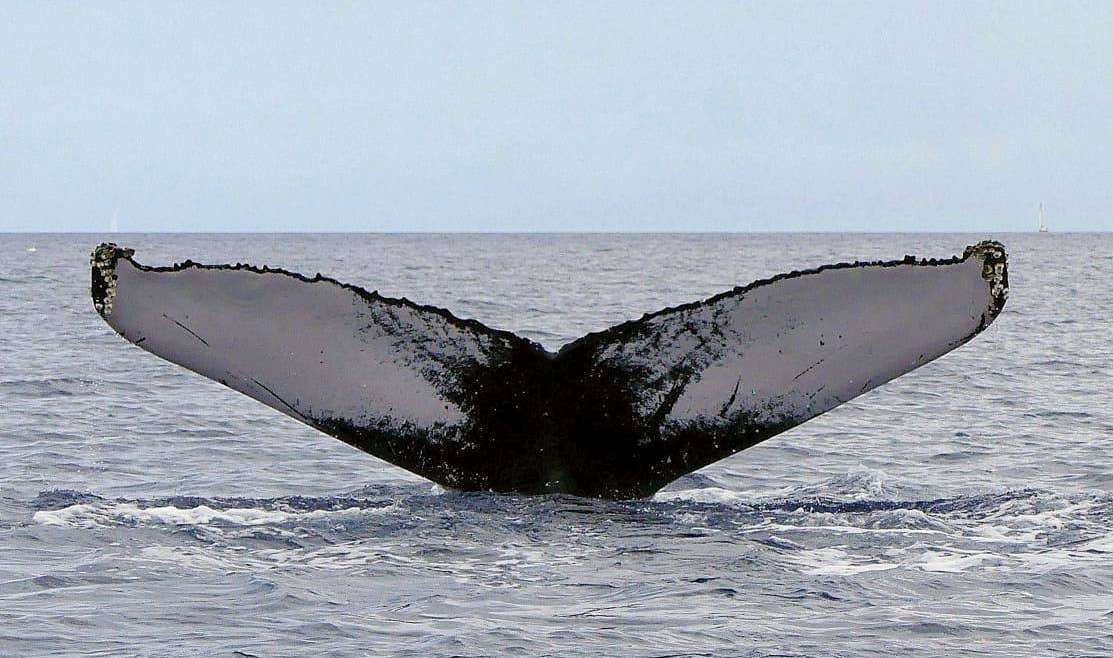
2 - Nomads
Short-finned pilot whales, pseudorca whales, Cuvier's beaked whales, minke whales, Bryde's whales, Sténo prostrate whales and Peponocephalus whales, among others, are species that are evolving in a way that was previously considered random in the Antilles. They can be observed at any time on the leeward coast of Guadeloupe. Even if it is still difficult to predict their arrival, our observations over the last ten years show that certain species are seasonal in our waters.
Beaked whale
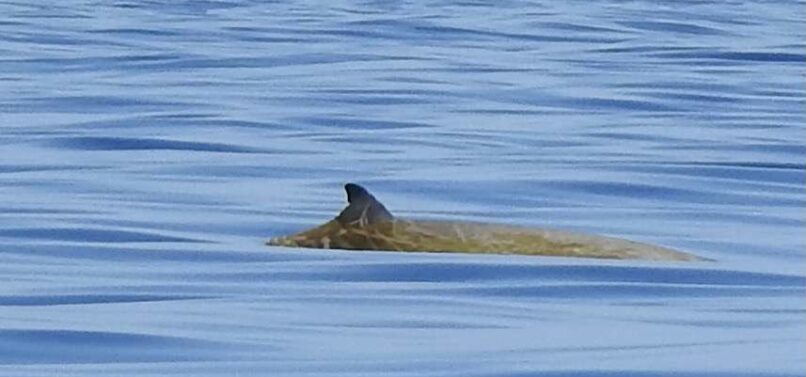
Pilot whales
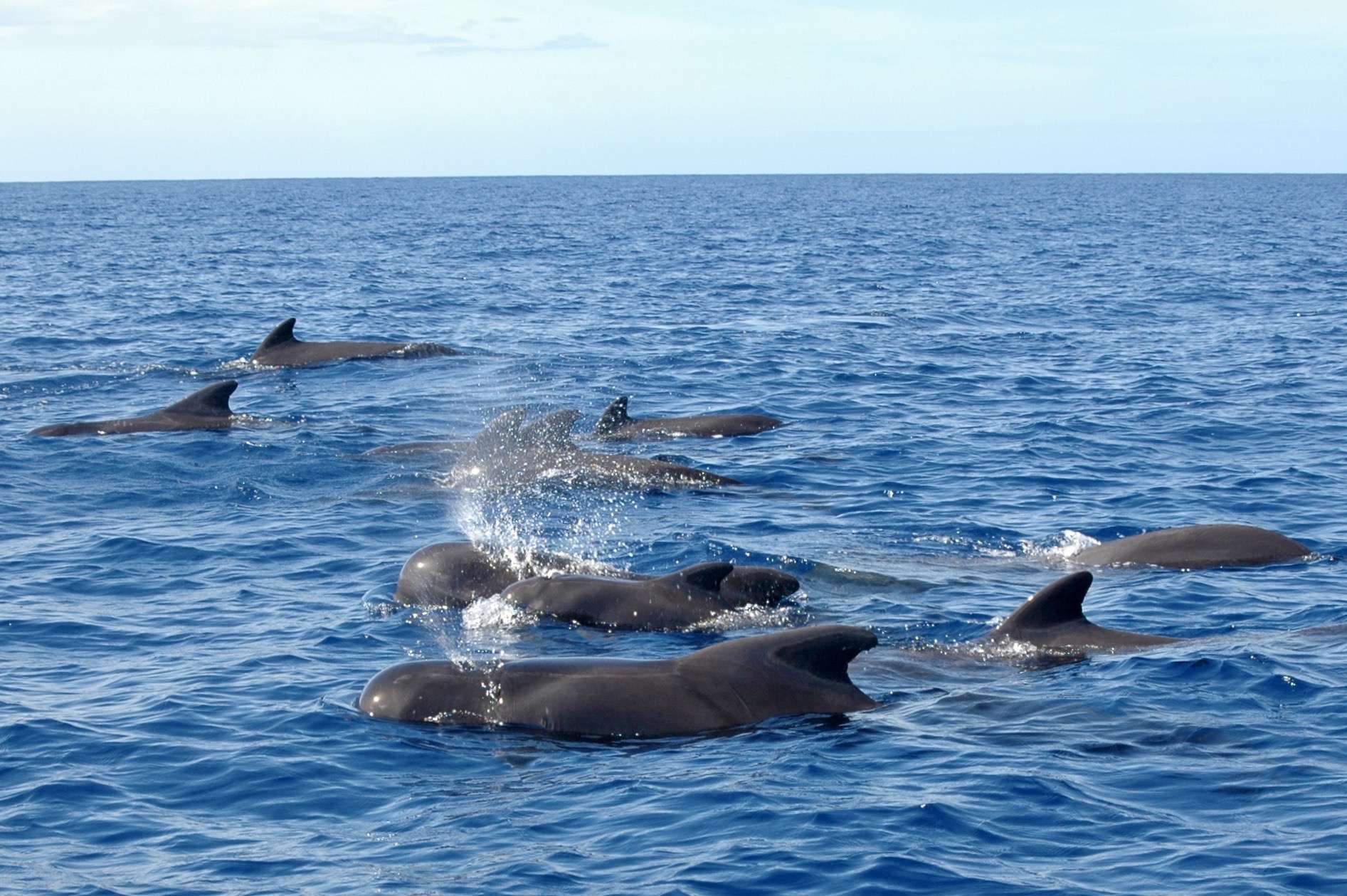
Psuedorques
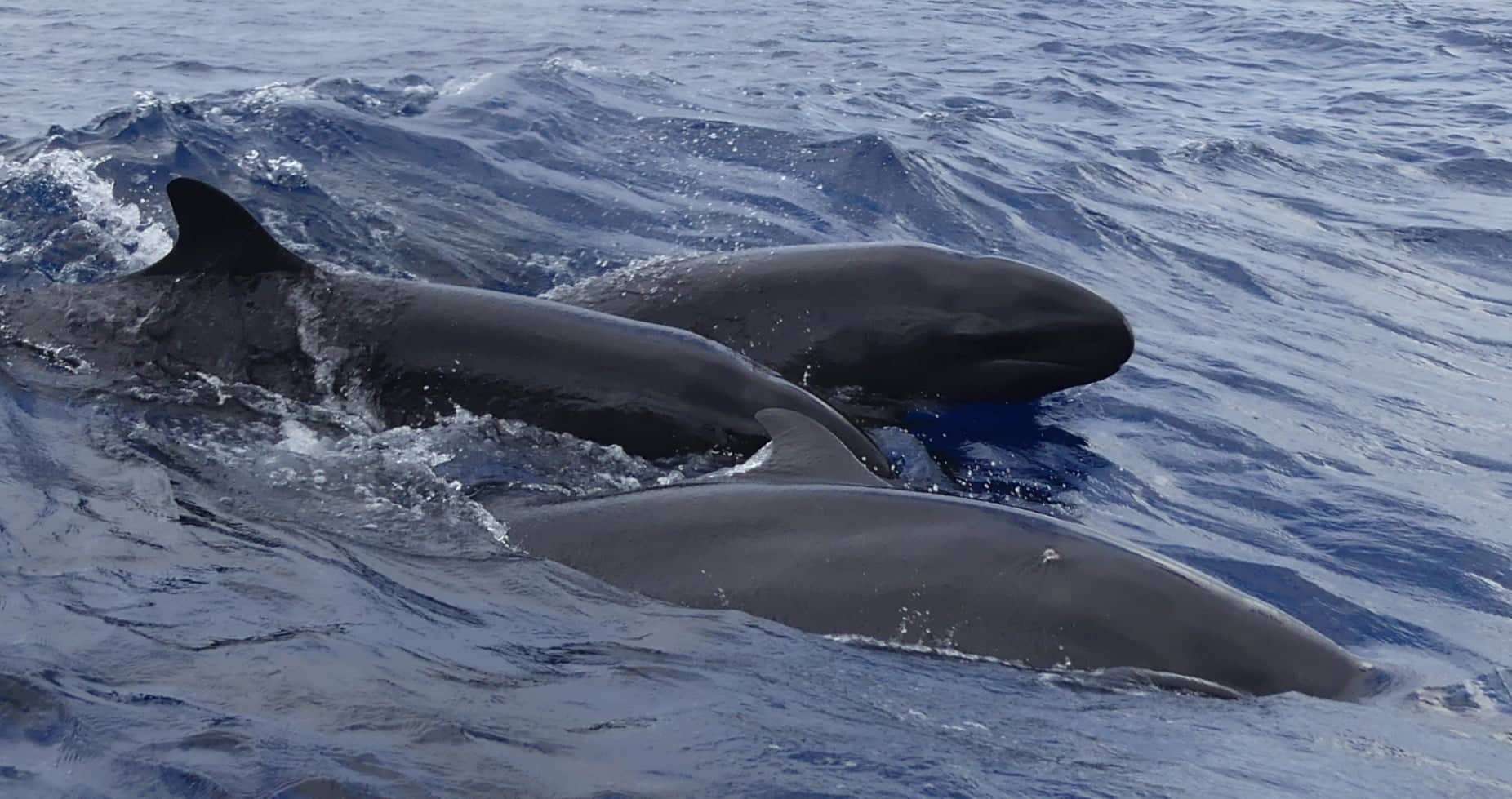
3 - Residents
These are the species that do not leave their island throughout the year.In Guadeloupe, there are 4 species of cetacean resident in the archipelago:
Three in Basse Terre, pan-tropical spotted dolphins, around 100 individuals divided into two families. We also have Fraser's dolphins, around fifty individuals and sperm whales, around 100 individuals divided into several families of 5 to 12 individuals.
One in Grande Terre, between the Petite Terre marine reserve and Les Saintes, the common bottlenose dolphin, or Tursiop Truncatus, estimated at around 35 individuals, sometimes comes to Basse Terre, near Baille Argent, to hunt balaou in March or April.
Sperm whales
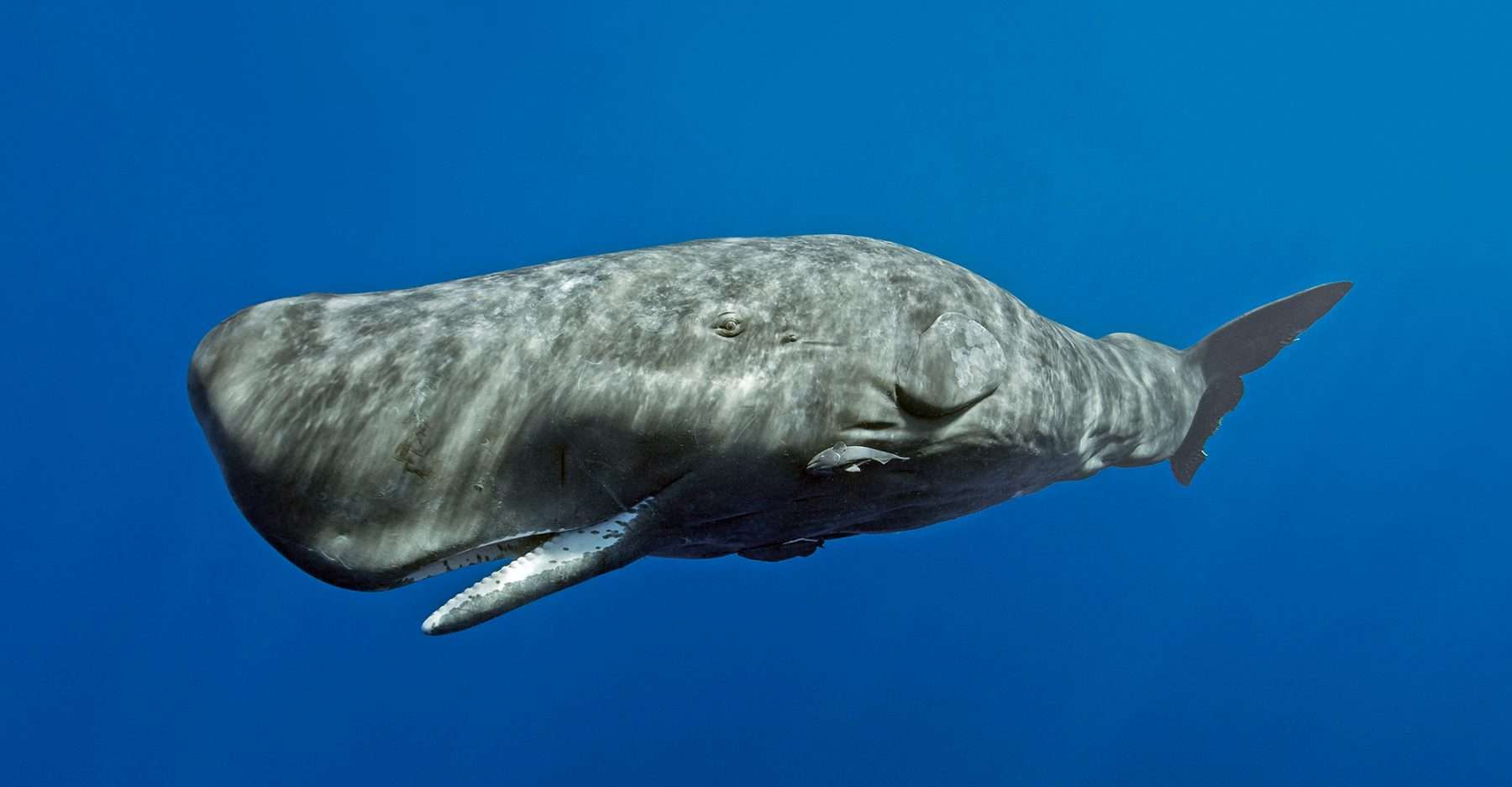
Spotted dolphins
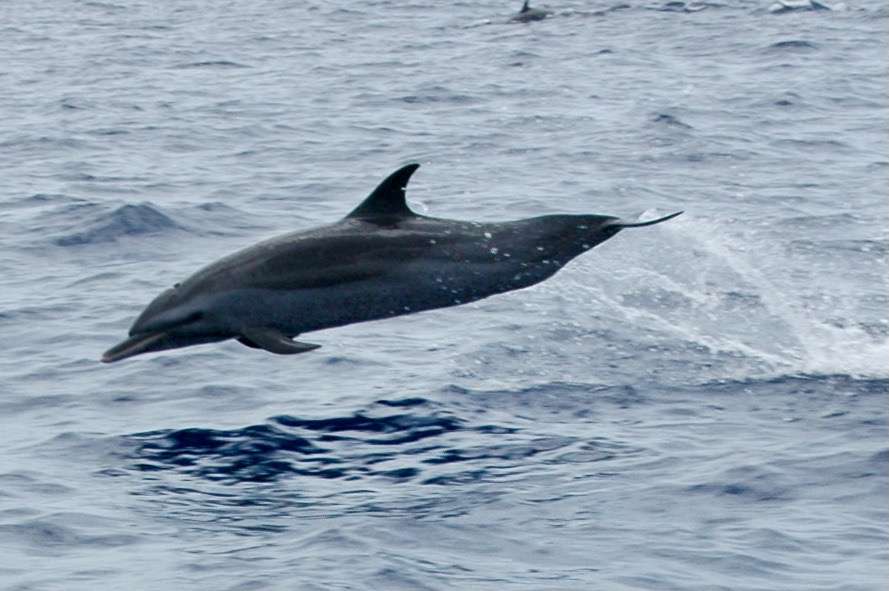
Bottlenose dolphins
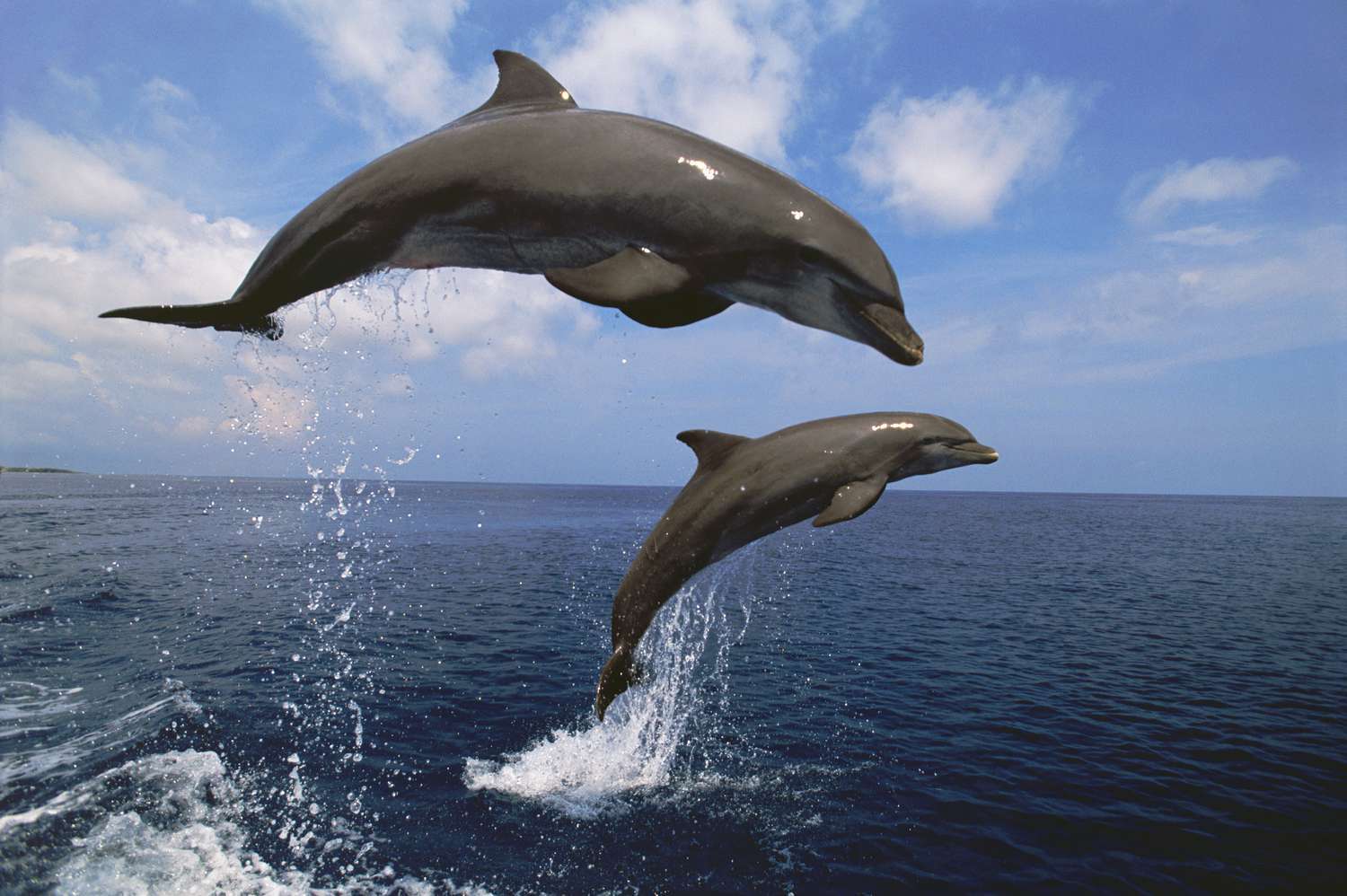
We welcome you on board all year round to share these cetacean sightings during our whale watching trips in Guadeloupe.
We do not seek public funding for our research, even though we are entitled to it because we are recognised as being in the public interest. We have chosen to finance ourselves through our observation outings, which enables us to share our knowledge and raise awareness of the need to protect the animals we study.
Welcome aboard!
Pierre Lavagne de Castellan
Research Director of the Shelltone Whale Project.
